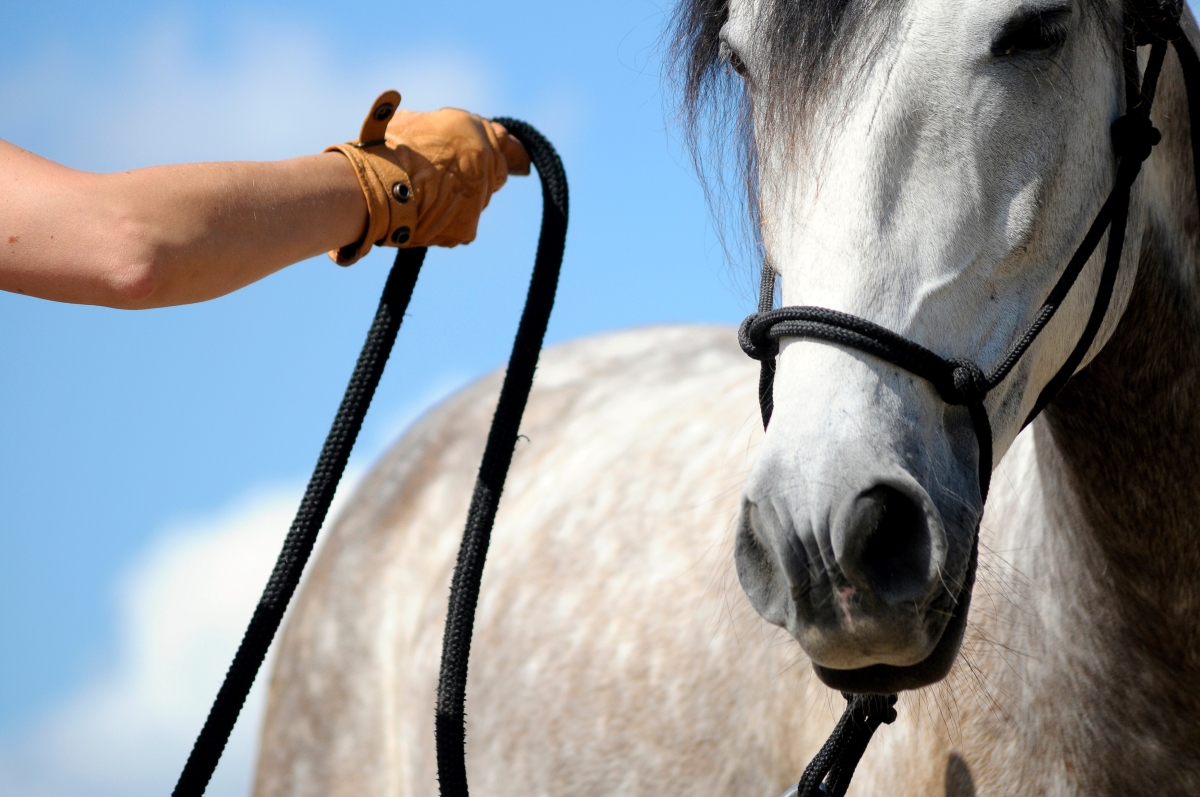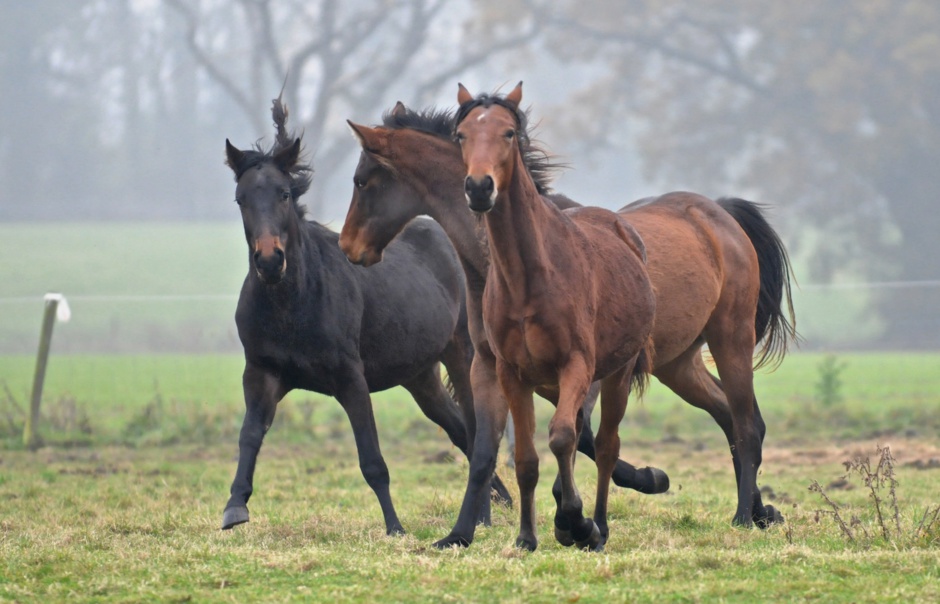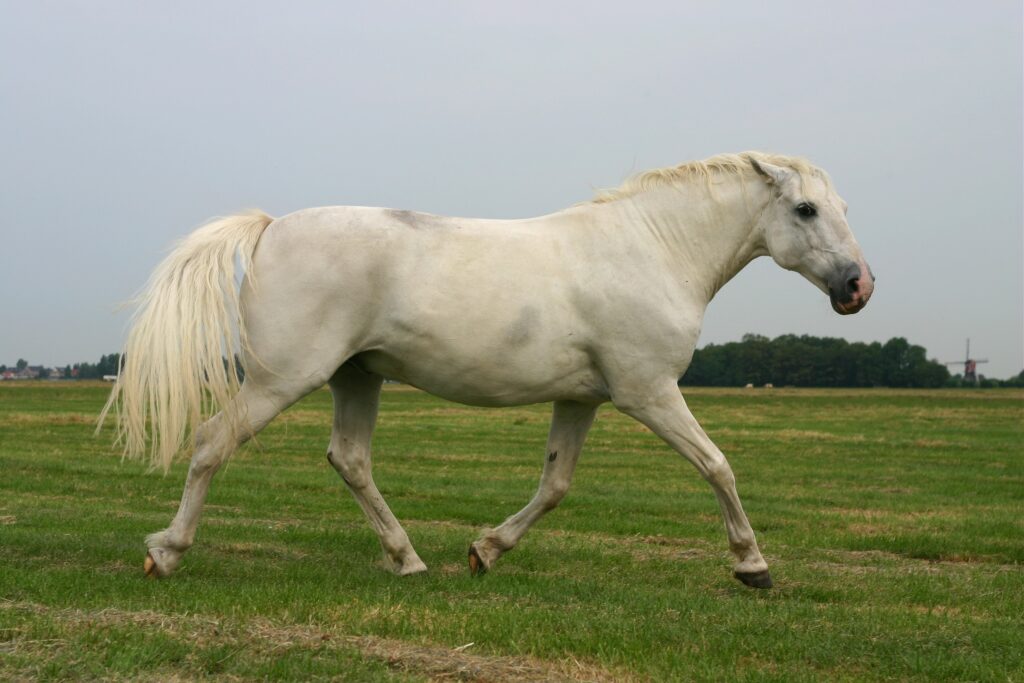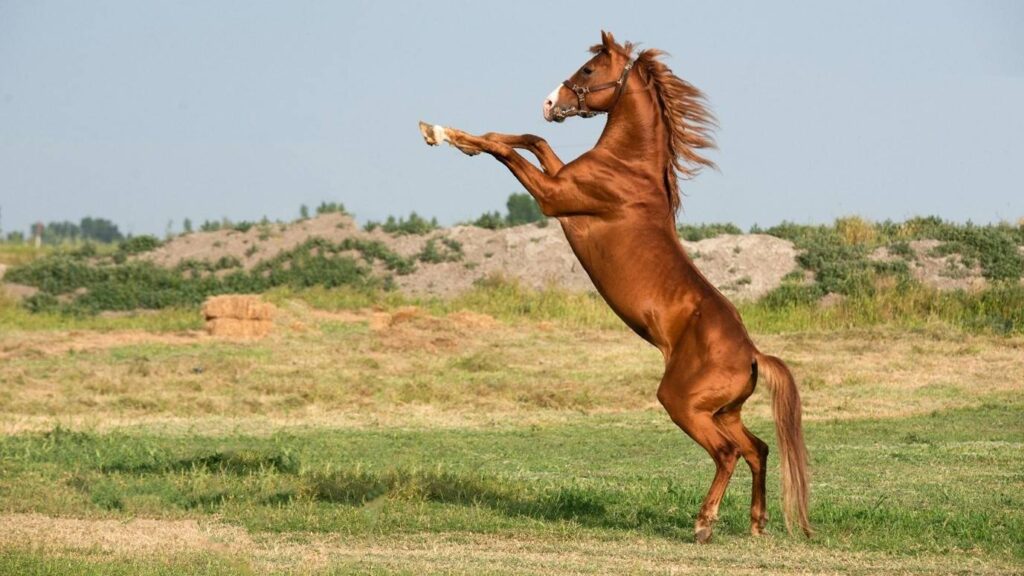In the realm of equestrianism, natural horsemanship techniques have emerged as a transformative approach to fostering a deeper bond between humans and horses. By prioritizing communication and mutual respect, these techniques offer a humane and effective way to train horses. This article delves into the intricacies of natural horsemanship, unveiling its core principles, methods, and the incredible benefits it offers to both horses and their handlers.
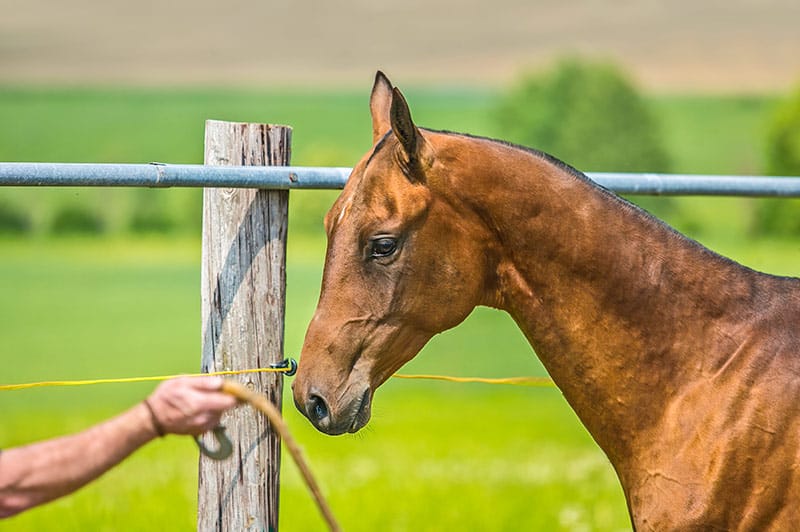
The Philosophy Behind Natural Horsemanship
The underlying philosophy of natural horsemanship emphasizes understanding the horses natural instincts and behaviors. Unlike traditional training methods that may rely on force, natural horsemanship seeks to work with the horses innate tendencies. This approach not only promotes a harmonious relationship but also enhances the horses willingness to learn and cooperate.
Understanding the Horses Mind
At the heart of natural horsemanship techniques is the understanding of the horses psychology. Horses are herd animals, and their behavior is largely influenced by their instincts as prey animals. Recognizing this, trainers use methods that align with the horses natural communication and social structures. This understanding fosters trust and reduces fear, creating a conducive environment for learning.
Building Trust and Respect
Trust and respect are foundational elements in natural horsemanship. Trainers aim to establish themselves as trustworthy leaders, guiding horses with patience and consistency. This relationship is built over time, as the horse learns to view the handler as a reliable figure, ultimately leading to a stronger partnership.
Core Principles of Natural Horsemanship
Several core principles define natural horsemanship techniques, each contributing to the overall efficacy and humane nature of this training method.
Pressure and Release
Pressure and release is a fundamental concept in natural horsemanship. The idea is to apply gentle pressure to encourage a desired response from the horse. Once the horse responds correctly, the pressure is released as a reward. This method teaches the horse to associate correct behavior with comfort, reinforcing positive actions.
Body Language and Communication
Horses communicate primarily through body language, and natural horsemanship trainers learn to interpret and mimic these signals. By using subtle cues, trainers can communicate their intentions effectively, leading to clearer understanding and cooperation from the horse.
Consistency and Patience
Consistency and patience are crucial in natural horsemanship techniques. Horses thrive on routine and clear expectations. By maintaining consistent training methods and demonstrating patience, trainers build a secure learning environment where horses feel comfortable and confident.
Techniques and Methods in Practice
Implementing natural horsemanship techniques involves a range of practical methods that align with the philosophys core principles.
Join-Up Method
The join-up method, popularized by Monty Roberts, is a technique where the trainer encourages the horse to move around a round pen, then invites it to come closer. This method builds trust and establishes the trainer as a gentle leader, fostering a strong connection.
Liberty Training
Liberty training involves working with the horse without any physical restraints, such as halters or lead ropes. This technique emphasizes mutual trust and communication, as the horse chooses to follow the trainers cues voluntarily.
Groundwork Exercises
Groundwork exercises are essential in natural horsemanship. These exercises, performed from the ground, help establish leadership and communication before riding. They include leading, lunging, and desensitization exercises, all designed to enhance the horses responsiveness and confidence.
Benefits of Natural Horsemanship
Engaging in natural horsemanship techniques offers numerous benefits, enriching the experience for both horse and handler.
Enhanced Relationship
One of the most profound benefits is the enhanced relationship between horse and handler. Through understanding, communication, and trust, a deeper bond is formed, leading to a more fulfilling partnership.
Improved Training Outcomes
Horses trained with natural horsemanship often exhibit improved learning and performance. The respectful and understanding approach encourages horses to be more willing and eager to learn, resulting in better training outcomes.
Reduced Stress and Anxiety
By aligning with the horses natural behaviors and instincts, natural horsemanship techniques minimize stress and anxiety. Horses feel safer and more secure, leading to a calmer demeanor and better overall well-being.
Integrating Natural Horsemanship into Your Routine
For those looking to embrace natural horsemanship techniques, integrating these methods into your routine can be a rewarding journey.
Start with Groundwork
Begin by incorporating groundwork exercises to establish clear communication and leadership. Focus on building trust and understanding through consistent training sessions.
Seek Guidance and Education
Consider seeking guidance from experienced natural horsemanship trainers or attending workshops and clinics. These resources provide valuable insights and techniques for successful implementation.
Patience and Persistence
Embracing natural horsemanship techniques requires patience and persistence. Progress may be gradual, but the rewards of a strong, trusting relationship with your horse are well worth the effort.
For more tips on horse care and training, you can visit this training tips page.

Frequently Asked Questions
What is the primary goal of natural horsemanship?
The primary goal of natural horsemanship is to build a strong, trusting relationship between horse and handler through understanding, communication, and mutual respect.
Are natural horsemanship techniques suitable for all horse breeds?
Yes, natural horsemanship techniques are suitable for all horse breeds. The principles of understanding and communication can be applied to any horse, regardless of breed.
How long does it take to see results with natural horsemanship?
The time it takes to see results with natural horsemanship techniques varies depending on the individual horse and handler. Consistent and patient training often leads to noticeable improvements over time.
For more insights on training and caring for horses, check out this helpful resource from Horse Journals.
This article contains affiliate links. We may earn a commission at no extra cost to you.


